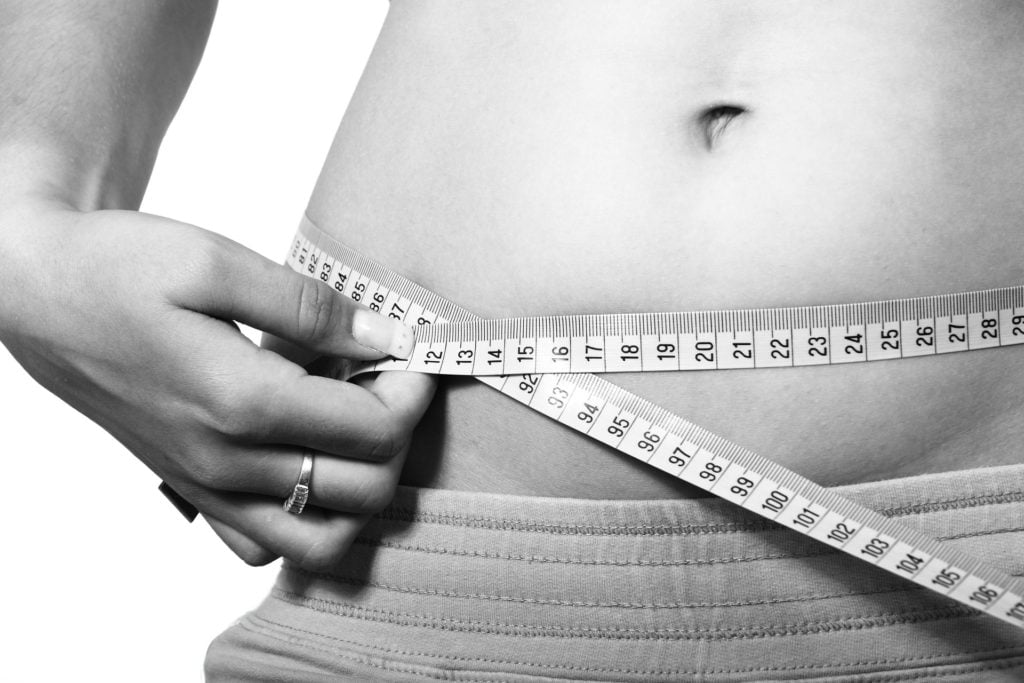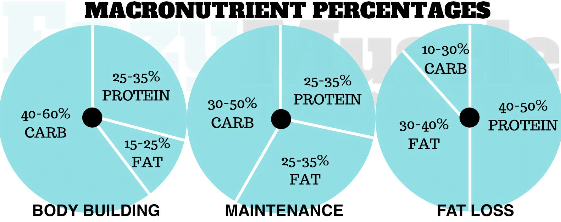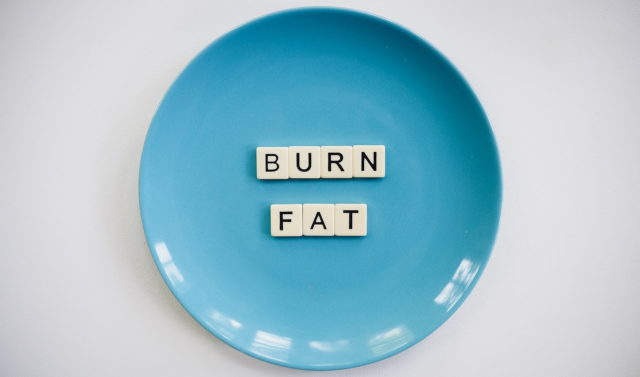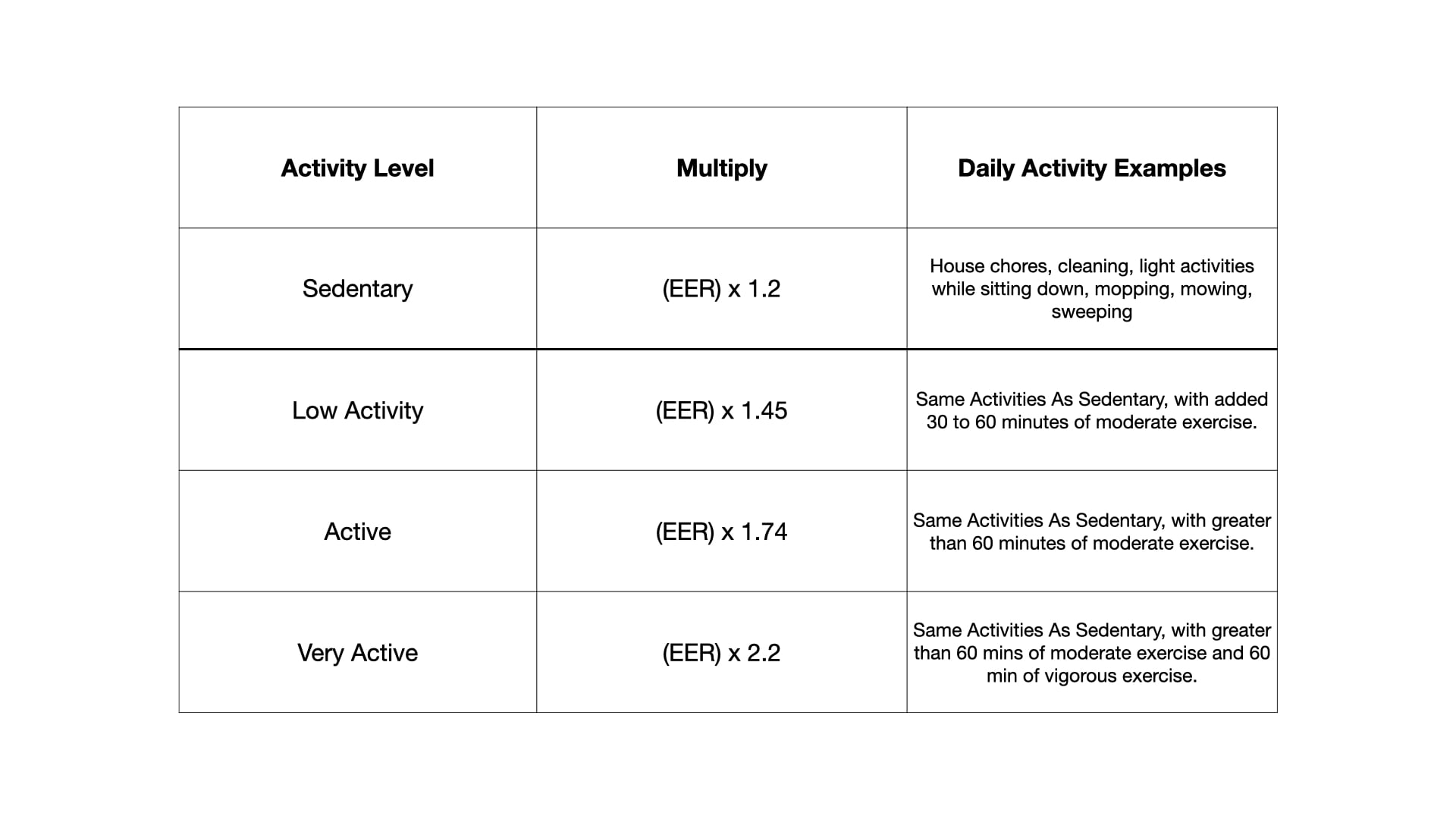Calculating your macronutrients is easy. The hard part is getting the right macronutrient ratio for your specific goal. Depending on your goal whether it’s to build muscle, maintain your current body composition, or fat loss the ratio will be different. In this article, I’ll teach you exactly how I calculate and break down my clients macronutrients.
There’s 3 steps into breaking down your macronutrients. 1st, you need to get your BMR/EER. 2nd, you’ll need to determine your activity level. 3rd, you need to choose the right macronutrient ratio that’s specific to your goal.
Be advised that the purpose of breaking down your macronutrient is to change your body composition and not for weight loss. In order for someone to lose weight, you’d have to do a caloric deficit, but that’s another topic for a different article.
By the end of this, you’ll have all the necessary knowledge to break down your own macronutrients.
Grab a pen and piece of paper and let’s get started!

1st Step: Calculating Your BMR/EER
The first step is getting your Estimated Energy Requirement. To get your EER you’ll need your age, weight, and height. You need to convert your body weight into kilograms and height into meters. Once you’ve converted your measurements, you’ll plug it into the EER formula down below.
Conversion:
1 kg = 2.2 lbs
1 in = .0254 m
Here’s the equation for calculating your calorie requirement:
Male: EER = 662 – (9.53 x Age) + (15.91 x Body Weight) + (539 x Height)
Female: EER = 352 – (6.91 x Age) + (9.36 x Body Weight) + (726 x Height)
Here’s an Example:
John 28yo Male, 5’10’, 197lbs
Activity Level: 45 min Moderate Exercise
Conversion:
Height: 70 in = 1.77 m
Weight: 197 lbs = 89 kg
Plug it into the equation:
EER = 662 – (9.53 x 28) + (15.91 x 89) + (539 x 1.77)
John’s total EER = 1,365 cals
2nd Step: Determining Your Activity Level
Once you’ve calculated your EER, choose the closest activity level that fits you and multiply that to your EER. If you’re someone who workouts and exercises daily, you’ll need to consume more calories than a person who’s sedentary.
Back to the example:
Since John performs moderate exercises with activities of daily life, he will fall under the low activity category.
Here’s John’s estimated energy requirement: 1,365 cal x 1.45 = 1979 cal
John would need to consume a total of 1979 calories a day.
Quick FACT: Breaking down your macronutrient is not used for weight loss. Instead, it’s used to help change your body composition. (Lose Body Fat, Gain Muscle.. Vice Versa)
3rd Step: Choosing Your Macronutrient Ratios
The final step is choosing a ratio with your specific goal. I’ve created this infographic to show you the 3 different macronutrient ratios. These ratios are different for a very important reason.
The reason why these ratios are different for different types of goals is because your body will react a certain way physiologically when you manipulate the calories you’re consuming.
Meaning, someone whose goal is fat loss, that person will consume more fats than carbohydrates due to the fact that your body will use more fats as energy.

Bodybuilding: Moderate Protein, Higher Carb, Lower Fat.
Maintenance: Moderate Protein, Moderate Carb, Moderate Fat.
Fat Loss: Higher Protein, Lower Carb, Higher Fat.
Macronutrient Conversion Table:
Use this table down below to help break down your macronutrient.
Protein | Carbs | Fats | |
Total Calories Per 1 Gram | 4 Calories per 1g of protein | 4 Calories per 1g of Carbohydrate | 9 Calories per 1g of Fat. |
Back to the example:
Let’s say John’s goal is to lose fat. A good ratio we can use is 30% Fat, 30% Carbs, and 40% Protein.
Johns EER is 1979 cal
30% Protein: 1979 x .3 = 593 Calories for Protein
30% Carbs: 1979 x .3 = 593 Calories for Carbs
40% Fat: 1979 x .4 = 791 Calories for Fat
Converting Calories to Gram:
Protein: 593 Calories ÷ 4 = 148g of Protein
Carbs: 593 Calories ÷ 4 = 148g of Carbs
Fat: 791 Calories ÷ 9 = 87g of Fats
So for John’s current activity level and goal, his macronutrient ratio is 148g of Protein, 148g of Carbs, and 87g of Fats.
Recap
1st step, you need to get your estimated energy requirement with the formula above. 2nd step, determine your activity level by using the table I provided. Lastly, picking your macronutrient ratio that’s specific to your own goal and converting your calories into grams.








